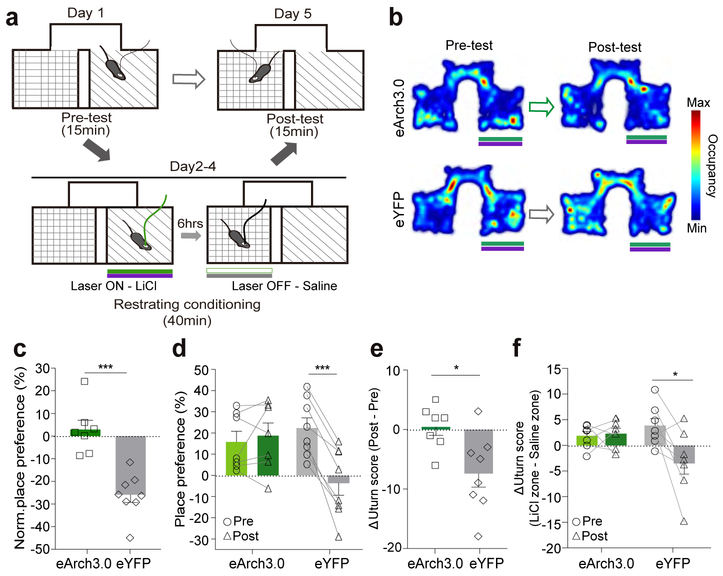Figure 7. Simultaneous inhibition of PVN CRF neurons abolishes the LiCl-induced conditioned place aversion.
(a) Schematic diagram for LiCl-induced CPA with optogenetic inhibition at 532nm. Mice that received an injection of LiCl concurrently received photoinhibition in one chamber; mice that received an injection of saline in the other side did not receive photoinhibition on conditioning days. (b) Representative locomotor traces from PVN-CRFeArch3.0 (upper) and PVN-CRFeYFP (lower) mice that received LiCl injections with simultaneous photoinhibition before and after conditioning. (c) Normalized place preference (%) for the LiCl/photoinhibition-paired side: average preference indices of PVN-CRFeArch3.0 mice (green) and control PVN-CRFeYFP mice (grey). (d) Raw place preference indices (%) of PVN-CRFeArch3.0 (N=7, green) and PVN-CRFeYFP (N=8, grey) mice for the LiCl-paired chamber before and after conditioning. The LiCl-paired chamber is chosen based on mice’s initial preference to the chamber. (e-f) The differences between ΔU-turn scores before conditioning and ΔU -turn scores after conditioning (e), and the differences between raw U-turn scores at the entrance of the LiCl-paired chamber and raw U-turn scores at the entrance of saline-paired chamber, before and after conditioning (f) of PVN CRFeArch3.0 (green, N=7) and PVN CRFeYFP (grey, N=8) mice. *p<0.05. ***p<0.001. Data are presented as mean ± s.e.m.

